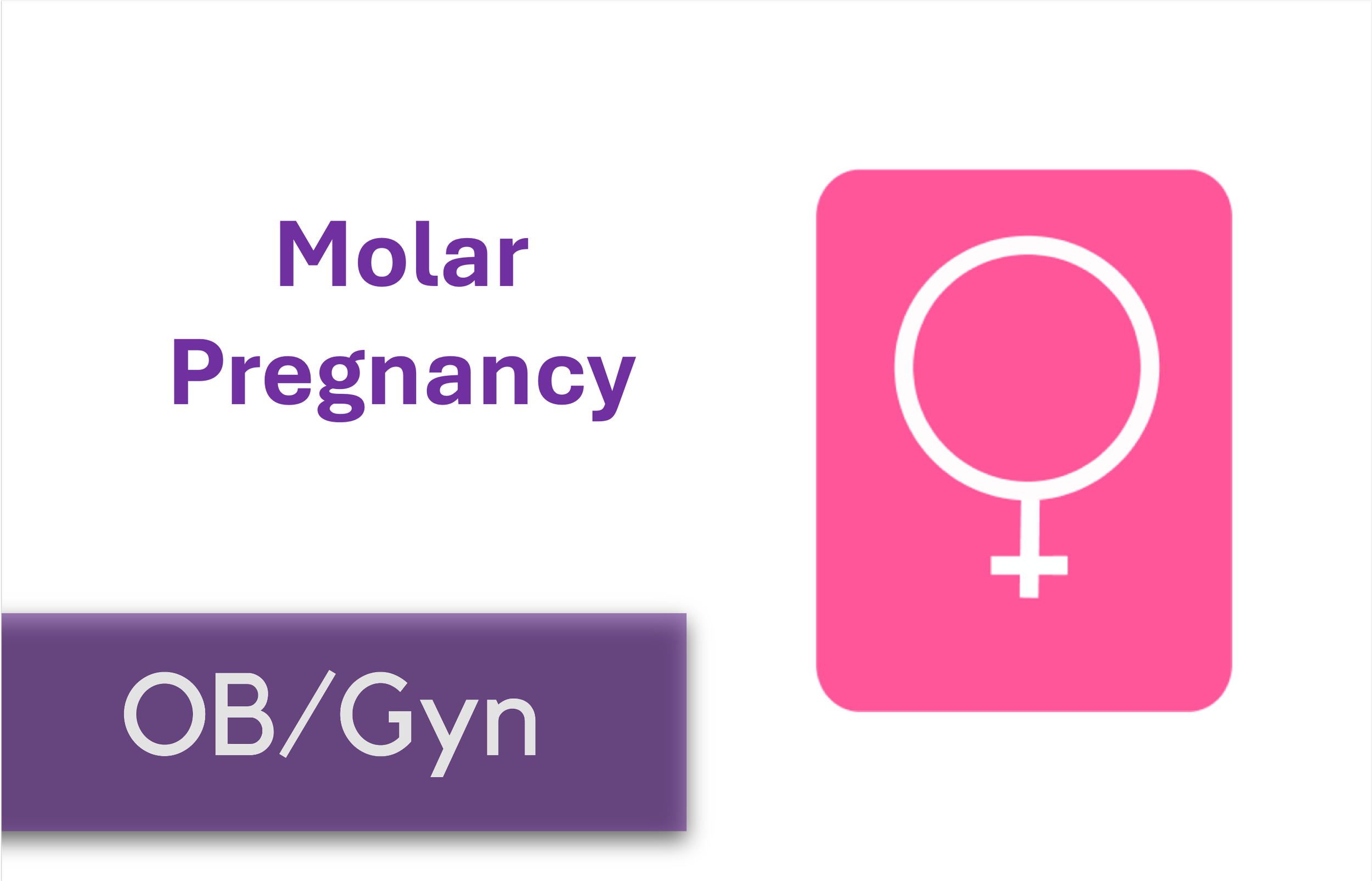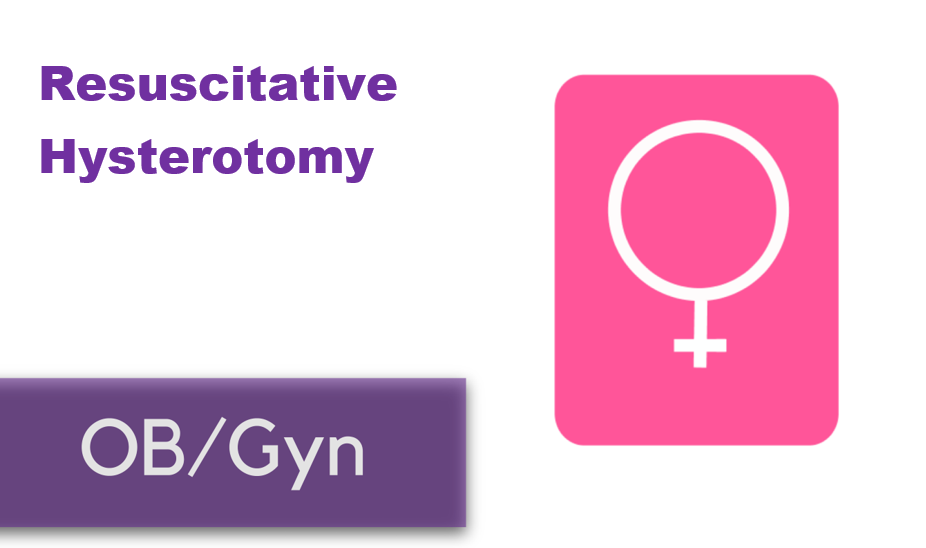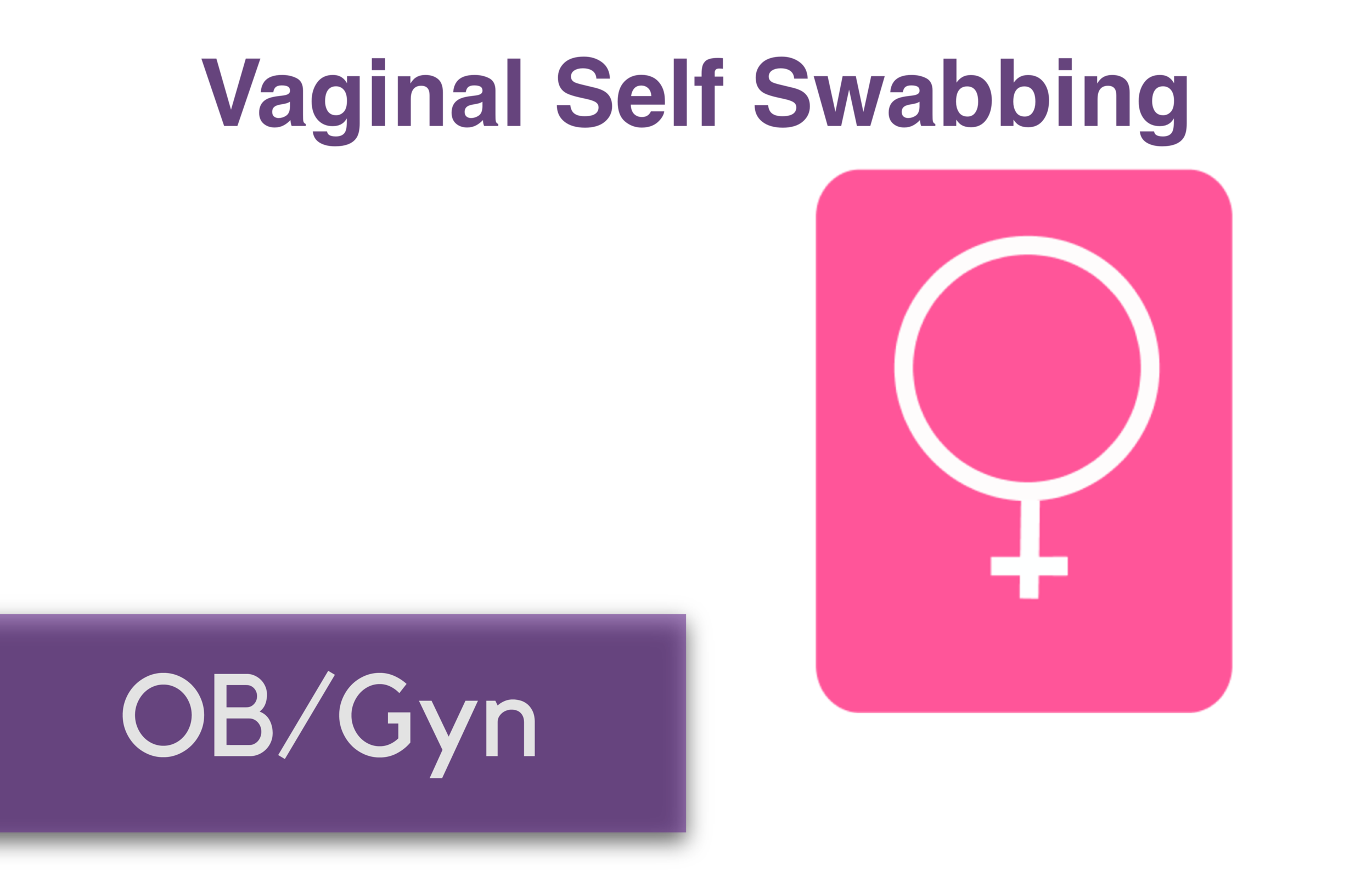Written by: Jesus Trevino, MD (NUEM ‘19) Edited by: Keith Hemmert, MD (NUEM ‘18) Expert Commentary by: Lia Bernardi, MD
In 2015, assisted reproductive technology (ART) resulted in 72,913 live births, comprising approximately 1.6% of all infants born in the US (CDC 2017). As ART is becoming increasingly common, it is important that emergency medicine providers are familiar with this treatment modality to appropriately diagnose and manage maternal complications. This article will review the components and complications of ART that may present in the Emergency Department with a focus on the ovarian hyperstimulation syndrome (OHSS).
ART encompasses therapies that address all causes of infertility, which span both the male factor (e.g., sperm motility) and female factor (e.g., mechanical, ovulatory). In vitro fertilization is a common treatment strategy that overcomes reproductive barriers and involves: 1) controlled ovarian hyperstimulation, 2) oocyte retrieval, 3) oocyte fertilization and 4) oocyte implantation. Below is an outline of these in vitro fertilization steps along with associated complications.
Controlled ovarian hyperstimulation
There are numerous protocols available to recruit ovarian follicles and they differ in the type and intensity of exogenous stimulation (Speroff). Protocols are graded in order of increasing intensity (and success rate):
Natural cycle (i.e., no exogenous stimulation)
Minimal (i.e., clomiphene citrate)
Mild (i.e., clomiphene citrate + low-dose exogenous gonadotropins)
Aggressive (i.e., high-dose gonadotropins +/- gonadotropin-releasing hormone agonist or antagonist).
The most life-threatening complication of these strategies is ovarian hyperstimulation is OHSS (Adams):
Incidence - 0.5-5% of ART cycles; 0.1-2% involve severe presentations (Weinerman).
Pathophysiology - increased capillary permeability leads to edema, ascites, pleural and pericardial effusions; this inflammatory state may result in renal failure, respiratory failure and/or thromboembolism.
Timing - typically occurs within a week of exogenous HCG administration or in the peri-implantation period due to increases in endogenous HCG.
Risk factors - < 35 years, low BMI, gonadotropin-releasing hormone and/or analogues, hyperstimulation of ovarian follicles (detected via pelvic US), elevated estradiol levels
Presenting symptoms & signs - abdominal distention, rapid weight gain, peripheral edema, dyspnea, pulmonary edema/effusions, oliguria; minimize pelvic exams to avert ovarian cyst rupture and hemorrhage
Labs - +/- hyponatremia, AKI, estradiol > 3000 pg/mL (typically not practical in ED evaluation)
Management -
Criteria for outpatient management: normal VS, renal and hepatic labs, ovaries < 5 cm
Criteria for inpatient management: ovaries > 5 cm, ascites; admission is required for serial exams and pain control
Criteria for ICU: palpable ovaries, pleural effusions, ARDS, oliguria, hypotension, AKI, hepatic dysfunction; these patients require fluid resuscitation, +/- therapeutic thora/paracentesis, likely termination of ART cycle
In addition, controlled ovarian hyperstimulation has an increased incidence of ovarian torsion - 0.08% without OHSS and 3% with OHSS (Weinerman).
Oocyte retrieval
This step is usually performed under conscious sedation with ultrasound-guided, transvaginal needle aspiration. Complications may include (incidence %):
Vaginal puncture site bleeding (8%, Speroff)
Intraperitoneal bleeding (0.04-0.07%, Speroff)
Bowel perforation (0.04%, Weinerman)
Infection (0.3-0.6%, Speroff). Half of infections may present as TOA within 1-6 weeks after retrieval.
Oocyte fertilization
The in vitro part - sperm meets egg. There are rarely major maternal complications associated with this treatment step that present in the ED.
Oocyte implantation
Implantation occurs via a transcervical catheter under transabdominal US-guidance. As the success rate for single fertilized embryos is 10-25%, multiple embryos are implanted to increase implantation yield (Adams). Complications may include:
Multigestational pregnancy - 31-41% of IVF infants develop from multigestational pregnancies (Adams)
Ectopic pregnancy (0.7-4%, Speroff, Adams)
Heterotopic pregnancy (0.2-1%, Adams, Weinerman)
Lastly, patients with ART-facilitated pregnancies are at risk of thromboembolism (0.04-0.2%), especially in the presence of OHSS (4%, Weinerman).
Expert Commentary
This is an important review of complications that may arise in patients undergoing in vitro fertilization (IVF). Although patients who are planning for IVF can be assured that it is a generally safe process, there are medical issues that can occur throughout: during the ovarian stimulation phase, as a result of the oocyte retrieval or embryo transfer, or after a pregnancy is confirmed.
During the ovarian stimulation phase of the process, few medical complications typically arise. The most common reason that a patient would seek emergency care would be for ovarian torsion. Given that ovarian size increases significantly, any patient who presents with severe pain during stimulation should be assessed for this.
The most likely time a patient undergoing IVF would present to the ED would be following the oocyte retrieval. Complications can take place after the conclusion of stimulation or due to issues from the retrieval itself. One of the main issues that patients present for is ovarian hyperstimulation (OHSS). The most common time for this to happen is shortly after the oocyte retrieval, but patients may present in early pregnancy as well given that a rising hCG level worsens the syndrome. Evaluation and management of OHSS is reviewed succinctly above. Complications may also arise from the oocyte retrieval. Transvaginal ultrasound guided aspiration of ovarian follicles is performed using a needle that passes through the vagina. Possible complications include bleeding, infection, and/or or injury to other organs. Given that the needle is entering the vagina and the ovaries, bleeding can occur from the vagina or within the abdomen. Vaginal bleeding is typically quickly recognized and corrected prior to completing the procedure. Intraabdominal bleeding can be more difficult to identify and can potentially worsen after the patient is discharged. Patients with intraabdominal bleeding may present to the ED with symptoms of pain or hypotension. Imaging is generally helpful as part of the evaluation, but it is important to know that some bleeding generally occurs post-procedure even in an uncomplicated oocyte retrieval. Therefore imaging may reveal free fluid in a patient who does not have clinically significant ongoing bleeding. It is also important to be aware that if a patient has intraabdominal bleeding, surgical intervention is not always required. Given the complexities of surgical exploration in these patients, the goal is to expectantly manage those with intraabdominal bleeding unless surgery is absolutely necessary. In addition to bleeding, infection, ovarian torsion and cyst rupture can also occur following oocyte retrieval. Finally, some patients will have extreme constipation due to the IVF process and may present with abdominal pain after oocyte retrieval as a result.
Embryo transfers are a generally safe and low risk procedure. The procedure involves insertion of a sterile, soft catheter into the uterine cavity under ultrasound guidance with subsequent embryo release. Given the low risk nature of the procedure, complications after embryo transfer are very rare. Infection is theoretically possible, but unlikely.
The final IVF related complications to consider are those that occur in pregnancy. As ectopic pregnancies are possible after IVF, any pregnant woman who presents with symptoms concerning for an extrauterine pregnancy should be evaluated accordingly. Heterotopic pregnancies can also occur and should remain on the differential diagnosis if a woman has concerning pain after an intrauterine pregnancy is confirmed. Given that a woman’s ovaries remain enlarged after ovarian stimulation if a pregnancy is achieved, ovarian torsion should also be considered in patients with abdominal pain. Another complication that can develop at any point during the IVF treatment process, including during pregnancy, are VTEs. Given supraphysiolgic estrogen levels that occur due to ovarian stimulation, providers must bear in mind that this complication can arise.
Efficient recognition and treatment of the complications that can result from the IVF process are more likely when providers are well educated. Hopefully this review will improve the ability for patients undergoing IVF to be evaluated and treated most effectively when they present to the ED.
Lia Bernardi, MD
Assistant Professor
Department of Obstetrics and Gynecology
Feinberg School of Medicine
How to Cite This Post
[Peer-Reviewed, Web Publication] Trevino, J, Hemmert, K. (2020, May 11). Assisted Reproductive Technology. [NUEM Blog. Expert Commentary by Bernardi, L]. Retrieved from https://www.nuemblog.com/blog/assisted-reproductive-tech
References
Yang-Kauh C. Complications of gynecologic procedures, abortion, and assisted reproductive technology. Chapter 125. Emergency Medicine, Ed 2, 2013.
Speroff L, Fritz MA. Assisted Reproductive Technologies. Chapter 32. Clinical Gynecologic Endocrinology and Infertility, Ed 8, 2011.
Weinerman R, Grifo J. Consequences of superovulation and ART procedures. Semin Reprod Med. 2012 Apr;30(2):77-83.
ART Success Rates [Internet]. Centers for Disease Control and Prevention. Centers for Disease Control and Prevention; 2017 [cited 2017May2]. Available from: https://www.cdc.gov/art/artdata/index.html












The author underscores the central position the emergency provider may hold in identifying and supporting victims of trafficking